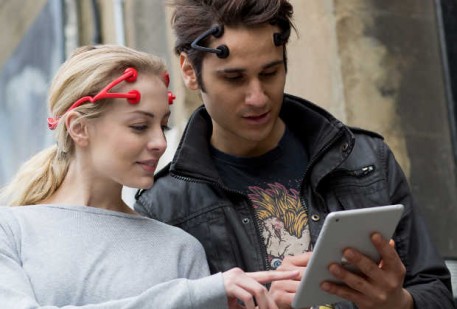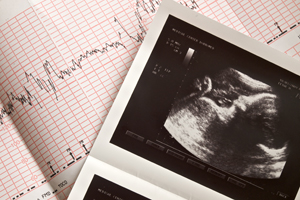The Child Health Program works to foster the development of programs, resources, and strategies that support innovative and collaborative research to improve the health and well-being of children.
The Child Health Program | Harvard Catalyst
- Category: Resources
- Tags: adolescent brain | harvard catalyst | health | juvenile justice
- Date: January 30, 2014
- Author: admin2
Electrify your brain…Supercharge your mind?
Society has long fantasized about a day when science would provide technological cures for societal ills such as aggression, impulsive decision-making, and depression. In the popular science fiction TV Show, Star Trek, a medical tricorder was waved over the body, magically probing internal systems and recalibrating problems without any side effects. For some medical illnesses, such a device seems just around the corner (See Qualcomm’s $10 Million Tricorder XPrize; Scanadu Scout). However, for mental illnesses, which are particularly complex and poorly understood, such a solution remains elusive. Nevertheless, several prominent media outlets have drawn attention to the use of transcranial direct current stimulation (tDCS), a technique which delivers a low-intensity direct current to modulate the activity of neurons in the cerebral cortex, as an early example of such a fabled device.

Indeed, by utilizing tDCS, researchers at academic medical centers have made widespread reports of its therapeutic effects on a number of neuropsychiatric disorders ranging from major depressive disorder, pain disorders, musculoskeletal disorders, drug addiction, Parkinson’s disease and motor deficits after stroke. Moreover, outside a disease population, researchers have also found that a normal population is capable of benefitting from tDCS – showing increased performance across a variety of cognitive tasks such as attention, memory and decision-making.
Continue reading »
- Category: Uncategorized
- Tags: consumer technology | ECT | ethics | neuroethics | non-invasive stimulation | performance enhancement | tDCS | TMS
- Date: January 24, 2014
- Author: Justin Stahl
Watch: “The Measure of Truth and Deception: Three Perspectives”
![]() On January 21, 2010, the Center for Law, Brain & Behavior led a conversation among three experts on deception to discuss the past and future of lie detection, and how neuroscience might (or might not) contribute to a better way to tell truth from deception. Continue reading »
On January 21, 2010, the Center for Law, Brain & Behavior led a conversation among three experts on deception to discuss the past and future of lie detection, and how neuroscience might (or might not) contribute to a better way to tell truth from deception. Continue reading »
- Category: Events
- Tags: Bruce Price | bsnp | deception | Josh Greene | judith edersheim | lee bailey | truth-deception
- Date: January 20, 2014
- Author: admin2
Locking up kids for life?
Three decades ago, Edward Palmariello, 17, and his 21-year-old friend Bruce Chambers were arrested in the murder of Edward’s mother, Marion. Then a defense attorney, I represented Edward at trial. The jury found both men guilty and the sentence was mandatory — life in prison without any possibility of parole.
In most countries, Edward’s sentence would have been impossible. Juvenile life without parole is prohibited by the UN Convention on the Rights of the Child , a measure that has been ratified by every UN nation except the United States and Somalia (Somalia announced in November that it will ratify). Edward has spent the past 32 years in jail. He had no hope, no future. Perhaps, until now.
- Category: Uncategorized
- Tags: adolescent brain | criminal-responsibility | juvenile justice | life without parole | massachusetts | Nancy Gertner | rehabilitation | violence
- Date: January 19, 2014
- Author: Nancy Gertner
US Supreme Court declines case on fetal pain

On Monday, January 13, the Supreme Court declined to hear a lower court ruling abolishing an Arizona law that criminalized abortions at 20 weeks. Recently enacted restrictive abortion laws across a number of states hinge on the fetal pain assertion, an argument that a fetus can feel pain at 20 weeks of gestation. This assertion is highly disputed among scientists, and begs questions about the possibility of defining and quantifying physical pain, a new area of active inquiry for CLBB as we welcome David Borsook, a neuroscientist who studies pain, and Amanda Pustilnik, a legal theorist, to the CLBB faculty. In her 2012 paper “Pain as Fact and Heuristic: How Pain Neuroimaging Illuminates the Moral Dimensions of Law,” Pustilnik discusses the imminent capacity of neuroimaging for rendering pain, and the implications of such a rendering for legal theory and practice. What follows below is an excerpt from a recent New York Times article discussing the Supreme Court’s decision.
- Category: News
- Tags: abortion | fetal pain | New York Times | pain | SCOTUS
- Date: January 16, 2014
- Author: admin2




